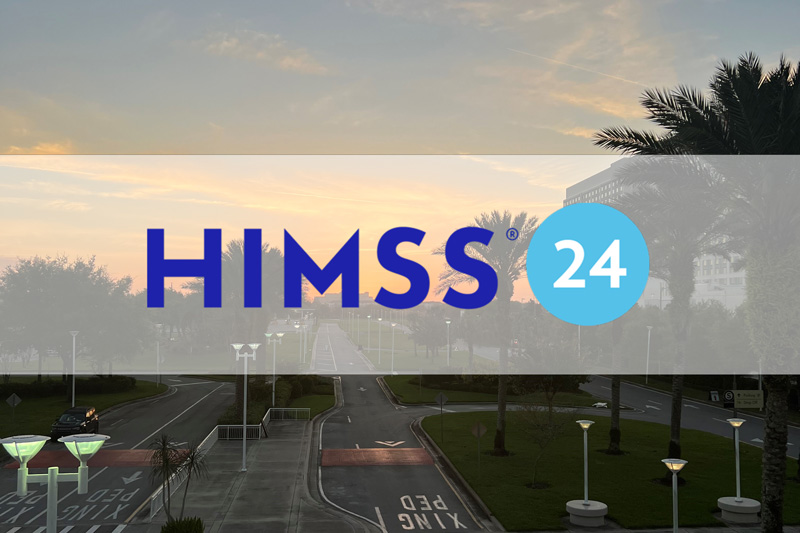 In previous blog posts, we’ve discussed how to chart a roadmap for business intelligence (BI) success in healthcare, and we’ve examined how focusing on quick wins can help you achieve ROI from your BI implementation in 12 months or less. In this blog post, we’re going to look at the outcomes that Dimensional Insight’s customer, Henry Mayo Newhall Memorial Hospital, realized from this approach and the lessons you can apply to future BI projects.
In previous blog posts, we’ve discussed how to chart a roadmap for business intelligence (BI) success in healthcare, and we’ve examined how focusing on quick wins can help you achieve ROI from your BI implementation in 12 months or less. In this blog post, we’re going to look at the outcomes that Dimensional Insight’s customer, Henry Mayo Newhall Memorial Hospital, realized from this approach and the lessons you can apply to future BI projects.
As we previously discussed, Henry Mayo’s objective was to improve patient flow throughout the hospital. In order to keep the project focused and achievable, Henry Mayo first concentrated on the emergency department (ED). At the outset of the project, the hospital paired data experts in its decision support team with subject matter experts in its ED. By creating these teams that understood both the technology and the workflow, Henry Mayo could: 1) better understand which metrics were important, and 2) track those metrics and use that information to identify and reduce bottlenecks during the triage process. This directly led to the impressive results that Henry Mayo realized from the project.
Decrease of patient wait times in the ED
- Average “door-to-doctor” time decreased to less than 10 minutes
- ED entry to triage improved by 80%
- Triage to room improved by 60%
- Room to physician improved by 63%
Reduction in patients leaving the ED unseen
- Now comprises less than 1% of total visits
- 50% year-over-year decrease for the past two years
Increase in ED revenues
- $1 million per year in increased revenues were attributed to the reduction in “left without being seen” patients and decreases in wait times
Reducing length of stay
Length of stay (LOS) measures figure prominently in Medicare’s most recent reimbursement formula. Because of this, Henry Mayo created another project focused on identifying LOS trends to pinpoint physicians whose practice decisions routinely put patients over the accepted LOS threshold or whose use of resources significantly exceeded those of their peers caring for similar patients.
Using the BI system, Henry Mayo’s decision support team collected data across several clinical and financial systems to isolate these data points for further discussion and resolution by medical staff and physicians. With timely access to accurate data, the organization has been able to realize a $3 million improvement in Medicare reduction in LOS.
Financially stable, operationally secure
In addition, the organization recently had to secure funding for a sizable expansion and other capital improvement projects. In preparation, Henry Mayo’s CFO was asked to prepare a number of financial reports to demonstrate the relative health of the organization. BI played a critical role for the decision support team in providing the data required for due diligence and successfully securing the bonds for the projects. As a result of the organization’s performance and the ability to clearly and succinctly provide deep and detailed views of its financial and operational performance, Henry Mayo was able to secure investment grade bonds, saving substantial financing costs.
Centralized reporting is key to success
One major lesson that Henry Mayo learned is that it is important to centralize development and reporting into a single group. While many organizations inherently understand the importance of centralizing the integration and data validation process, when it comes to reporting, this capability tends to spread far beyond a single group. Decentralizing the reporting function can result in a fair number of challenges – some of which could put your entire ROI at risk.
Centralized reporting helps you:
-
Avoid mistrust.
When different staff resources are creating reports outside of a centralized group, there is no concrete way to standardize on process. Typically this means different methods were applied to collect the data and that any consistency applying business rules may not have been followed. While the intent to help is genuine, the existence of similar reports with different numbers only fosters mistrust and slows productivity. By creating a centralized group that handles both development and reporting, your organization can build consistency into the report creation process and provide business users and executives with a trustworthy single version of the truth.
-
Eliminate resource confusion and support user satisfaction.
When report creation is highly decentralized, business users will naturally engage the individual who created the report as their first point of contact. These people often have deep domain expertise, but may not have the resources, access, or skillset to pull in additional data feeds from other systems, or be aware of any specific business rules that need to be applied to deliver an accurate view of the issue at hand. This creates an inefficient workflow and slows the time it takes to provide an answer back to the business user. Under a centralized group, time to information can be accelerated and data integrity can be maintained.
We’re proud that our white paper on Henry Mayo’s implementation was recognized by CIOs as one of the best at the CHiME Best Practices Institute Solutions Showcase. Learn more about how Henry Mayo used BI to reach its goals.
Ready for a test drive of our healthcare analytics software?
- Practical Analysis: The Next Chapter - May 21, 2020
- Exploratory Data Analysis Part 2: Helping You Make Better Decisions - October 11, 2019
- Practical Analysis: Understanding Visualization Concepts - September 19, 2019



